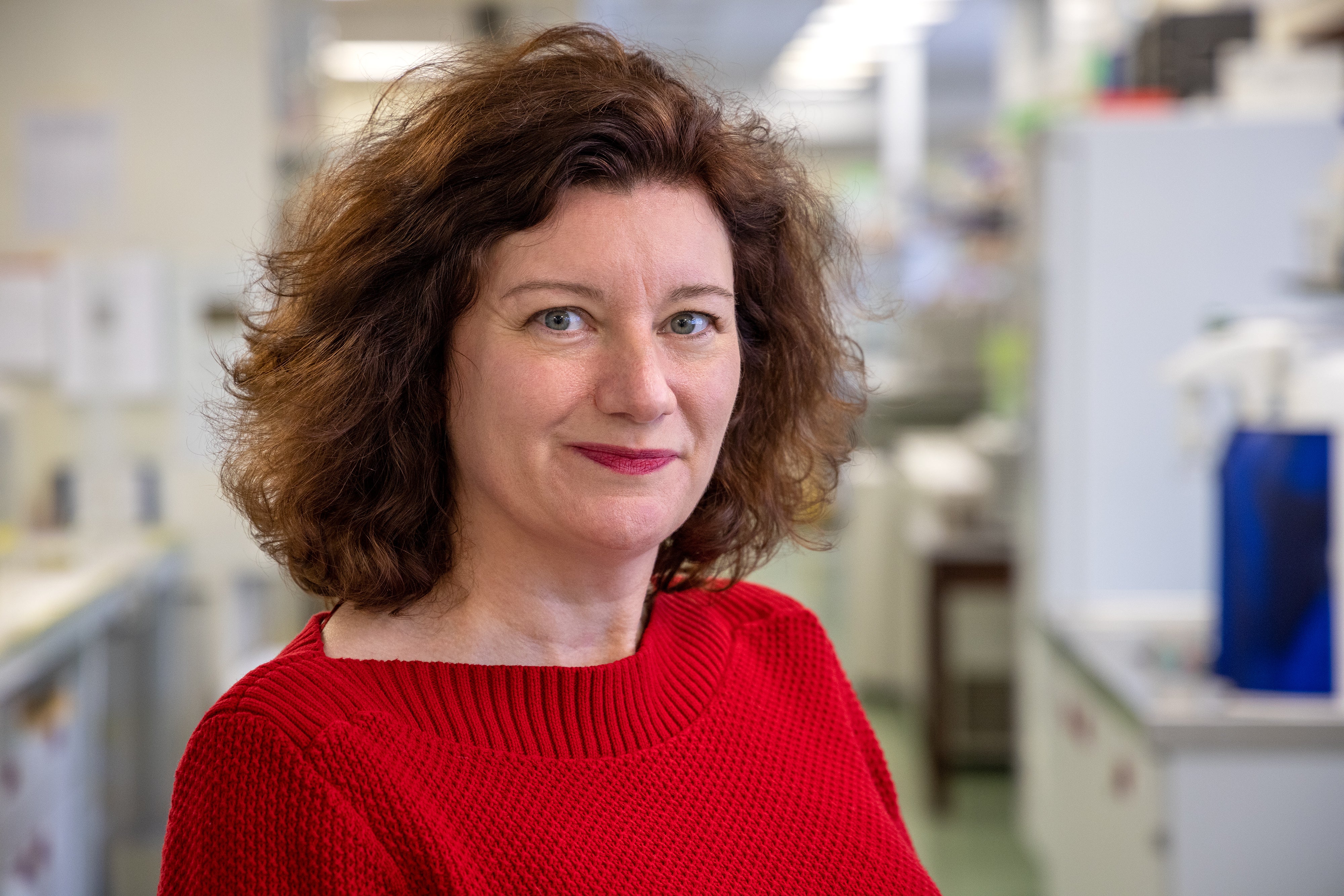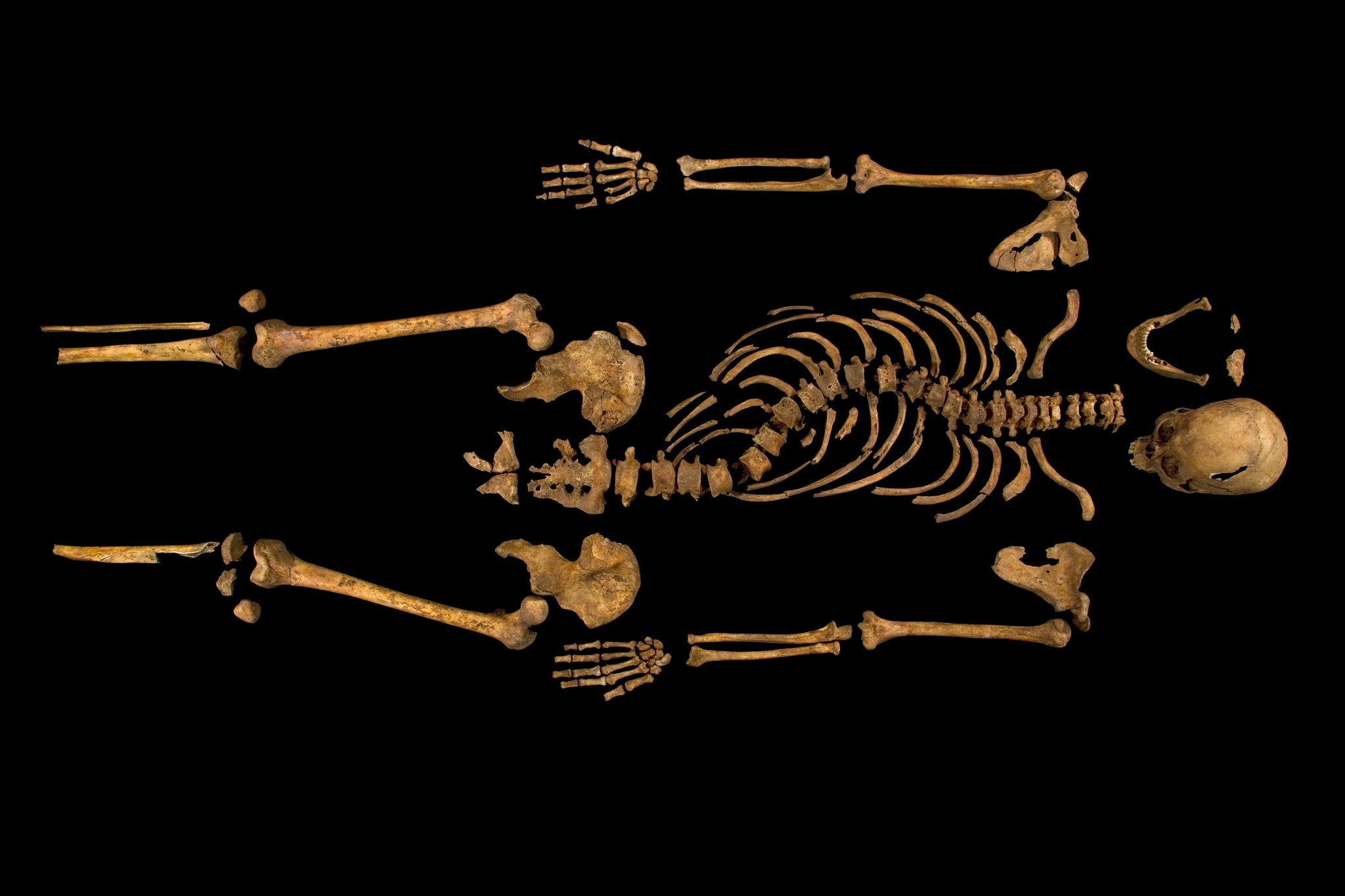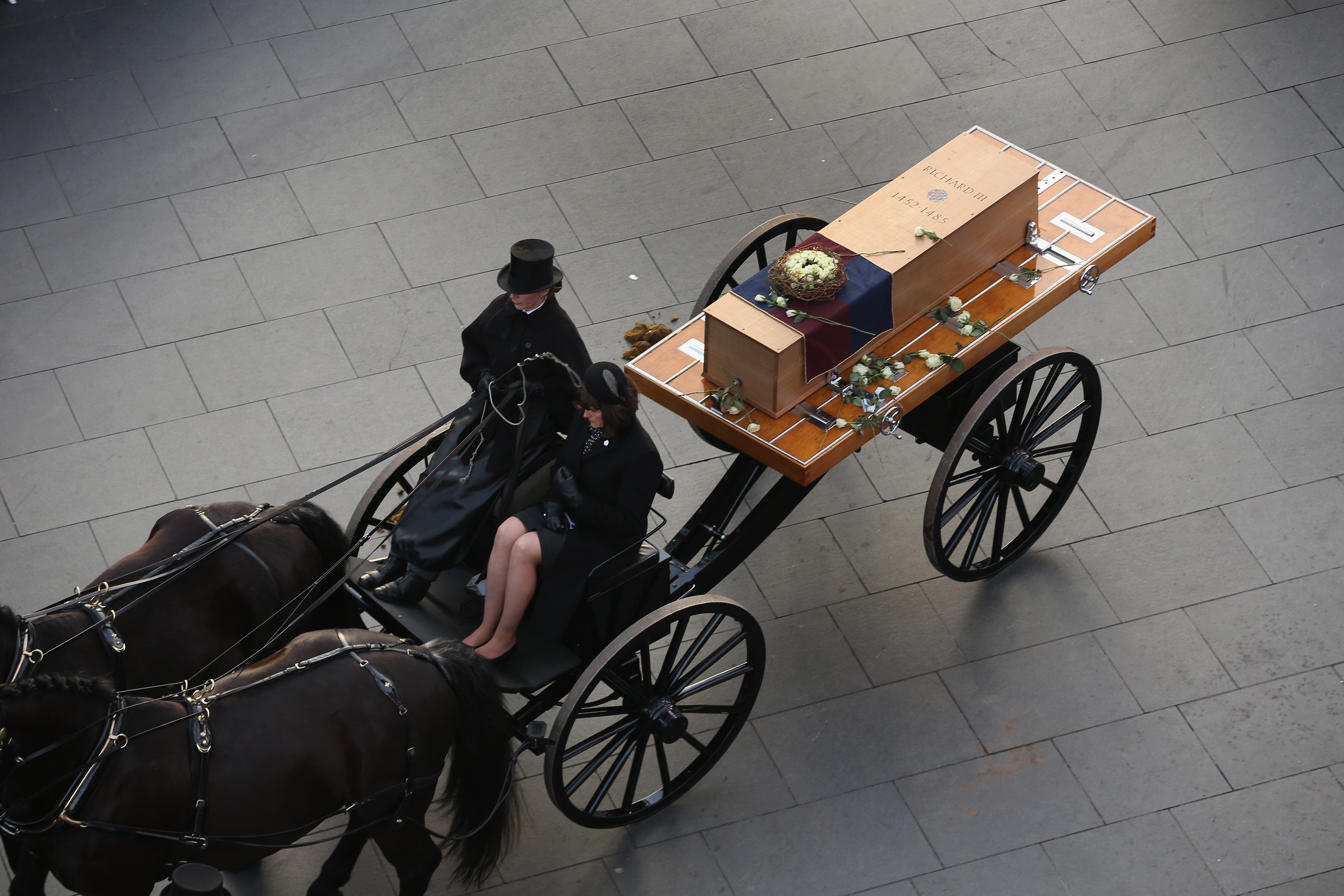The scientist who proved the body of King Richard III had been found
Turi King is one of the most pre-eminent geneticists in the world, not just because of her work identifying Richard in 2013, but also as a proponent of genetic genealogy, writes Steve Boggan


There is something awe-inspiring about the moment scientists make astonishing discoveries, whether it was Archimedes springing from his bath and shouting “eureka!” or Newton grunting “ouch” after an apple fell on his head.
When Professor Turi King made hers, she leapt up and did a little dance around the laboratory. She hadn’t identified principles relating to gravity or buoyancy, but she had proved that a skeleton found in a car park in Leicester were the remains of King Richard III.
“I can feel it now,” she says. “It’s like a little shiver of excitement. We were looking at the DNA of a living relative of Richard, and I was opening files that had come back from the sequencing machine with results to see if we had a match. We only had fragments of Richard’s DNA – it was too old and degraded for strands of any length – so piecing it together was like a jigsaw puzzle.
“One result came through, and I said ‘Oh my god’, because it was a match. Then another came through, and I said ‘Oh my god’ again. There was still a lot of work to do, but the results were pointing to it being Richard. It was the most extraordinary experience.”
King is one of the most pre-eminent geneticists in the world, not just because of her work identifying Richard in 2013 – though that was a massive achievement – but also as a proponent of genetic genealogy, where information from DNA and family histories are combined into an investigative discipline that might lead to the arrest of a serial killer, or unite an adopted child with her mother, decades after they were separated.
This is the science at the heart of the BBC series DNA Family Secrets, in which King co-stars with presenter Stacey Dooley. The duo will hit our screens today (11 May) when the second series of the show airs. In each episode, combinations of DNA, genealogy and genetic medicine are used to track down missing or long-lost relatives or, with medical and psychological specialists on hand, to alert participants if they are likely to succumb to a life-changing disease. The first series was such a hit that it was recommissioned after just one episode.
“Of all the things I’ve been fortunate enough to do, this is what I feel most excited about,” King tells me. “It is such a privilege to be part of a person’s journey, to be with them when they find out who a parent might be, or whether they have family who know nothing about them. For them to let us in on such life-changing events is so humbling. And when you are able to give them answers, you can feel the emotion. Sometimes you’re able to give them good news, and sometimes it’s bitter-sweet, but there is always something positive about them actually knowing the truth they have come looking for.”
It was a young male with serious battle injuries and severe curvature of the spine – which Richard was thought to have, because of Shakespearean references to him. When I saw it I thought, ‘Crikey!’
King, 52, was born in Nottingham but whisked away to Canada by her parents when she was just six weeks old. After beginning an archaeology degree in Canada, she moved back to the UK to read archaeology and anthropology at Cambridge University. Towards the end of her degree, she attended a lecture on how DNA technology had identified the remains of Tsar Nicholas II and his family, who were killed in 1918, a year after the Russian revolution.
“I was fascinated by the genetics and immediately thought, ‘That’s what I want to do’,” she says. “Everybody said the best place to study was at the University of Leicester because they had a wonderful genetics lab headed by Professor Alec Jeffreys, who had invented DNA fingerprinting in the 1980s. They had a masters programme in molecular genetics and I applied and got a scholarship.”
King went on to attain a PhD in genetic genealogy, in the process publishing celebrated work on the relationship between the Y (male) chromosome and British surnames, demonstrating that in certain cases, a name could be associated with a DNA sample. One of her guinea pigs for this work was Sir David Attenborough, and she was able to prove that strangers from far-flung parts of the world, or having a similar name, such as Attenborrow, had common ancestry reaching back hundreds of years.
She is now professor of public engagement and genetics at Leicester, as well as an honorary fellow of the British Science Association, a fellow of the Royal Society of Biology, a fellow of the Society of Antiquaries of London, a member of The Chartered Society of Forensic Sciences and a member of the International Society of Forensic Genetics.
However, it is her work identifying the remains of Richard III that gets the most attention. Academics knew from accounts written immediately after his death at the Battle of Bosworth Field in 1485 that Richard had been buried by Franciscan Grey Friars in the area of their priory called the “choir”, in what is now Leicester city centre.

The location of the precincts of the priory had never been lost, but the exact location of the choir wasn’t known. Once a team from the university had been put together, King, with her background in both archaeology and genetics, was appointed to head the “clean” aspects of the excavation, in order to preserve any DNA evidence that might be found, and the genetic and statistical analysis of whatever was uncovered.
“After just 6 hours and 34 minutes we found the lower part of a left leg – which subsequently turned out to be Richard’s – but we left that for the time being,” says King. “When remains are discovered on an archaeological dig, an application must be made to the Ministry of Justice for permission to exhume it. That was on 25 August 2012 – 527 years to the day that Richard was buried there.
“We continued to excavate in order to get some kind of orientation – we knew he was in the choir, but we didn’t know where that was. We found walls, stone benches and what looked like a chapter house, then the presbytery, church and stone footings that could have supported the choir stalls. ‘Hang on,’ we then thought. ‘That body we found on the first day looks like it could be at one end of the choir.’
“When we finally uncovered it, it was a young male with serious battle injuries and severe curvature of the spine – which Richard was thought to have, because of Shakespearean references to him. When I saw it I thought, ‘Crikey!’
“There was still a lot of work to be done to establish that this was him so it wasn’t until 4 February 2013 that I was able to stand up in front of the world’s media and say that these were the remains of Richard III.”

It was an awkward moment for King. Ordinarily, as an academic, she would complete her research fully (and it ended up taking two years) before announcing results in a peer-reviewed scientific publication, but she had to make the announcement early to coincide with a Channel 4 documentary on the discovery.
In the end, the results were published in the science journal Nature Communications. It was a discovery that will never be forgotten. The king’s remains were finally laid to rest in Leicester Cathedral on 26 March 2015.
However, it is her current project, DNA Family Secrets, that has King most excited these days.
“I’ve been hoping to do something like this for two decades,” she says.
The family mysteries solved by King and the programme’s research team are often heart-warming, sometimes harrowing. But they’re always illuminating.
She can’t give too much away, but in one upcoming episode, a holocaust survivor liberated from a concentration camp when he was just four years old is trying to find out what happened to his family – and whether he had survived because his real father was actually a Nazi.
“His mother had been murdered on the day she arrived at a different camp and he wanted to know if he had any living relatives,” says King. “I can’t give away the ending, but we were able to help him and were also able to tell him that his DNA indicated his ancestry was overwhelmingly Jewish. His father wasn’t a Nazi, and that came as a great source of comfort to him.”
DNA Family Secrets, BBC2, 9pm, 11 May.
Join our commenting forum
Join thought-provoking conversations, follow other Independent readers and see their replies
Comments



Bookmark popover
Removed from bookmarks